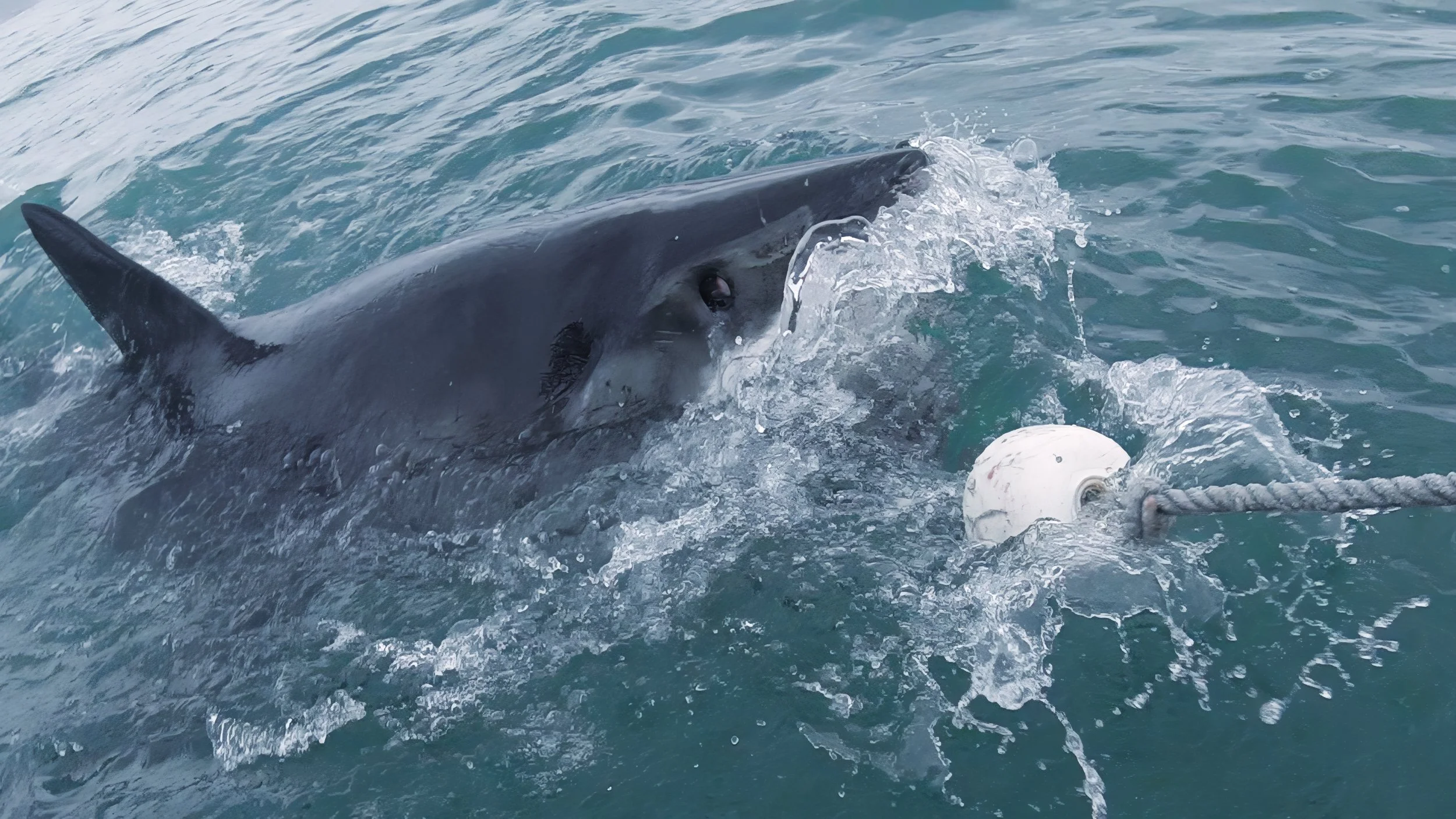
Reducing Bycatch Stress and Mortality in Florida’s Elasmobranchs Through Gear Innovation
Bycatch remains one of the largest sources of mortality for juvenile sharks and rays in Florida’s commercial fisheries. While many species are discarded alive, post-release survival rates are poorly quantified, and physiological stress often determines fate. This study will assess how capture methods (gillnets, trawls, seines) affect stress responses in species like blacktip sharks, bonnetheads, and stingrays by analyzing blood biomarkers (glucose, lactate, hematocrit) and tracking short-term survival with acoustic and accelerometer tags. Parallel trials will test modified gear—such as escape panels and reduced soak times—to evaluate whether stress and mortality can be measurably reduced. The goal is to generate clear, evidence-based recommendations for gear regulations that balance fishery needs with elasmobranch conservation.
Why it matters
Conservation leverage: Provides the first physiology-to-mortality data for Florida’s coastal shark and ray bycatch.
Actionable solutions: Directly evaluates gear changes that can be adopted by regulators and fishers.
Policy impact: Findings will inform FWC and NOAA fisheries management plans, shaping bycatch reduction rules that protect vulnerable species without undermining commercial fisheries.







